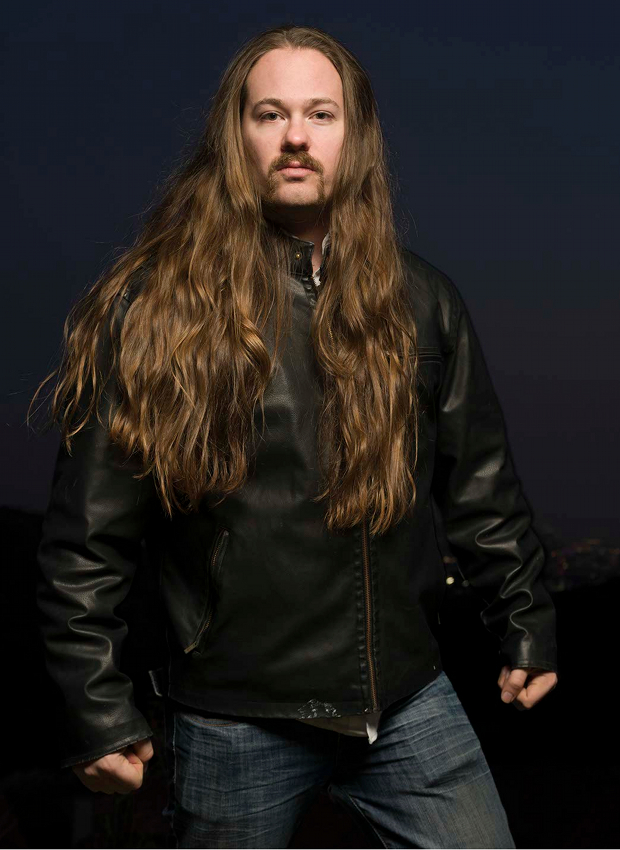Bent Out of Shape: Studio Diary, Part 3 —Mixing and Mastering

A couple of months ago, I started a studio diary documenting the process of recording a new album with White Wizzard. I covered everything from pre-production to instrument tracking.
Now I will discuss the final stages of music production — mixing and mastering.
After tracking all the instruments and vocals, the next step is to mix everything into a single stereo track. Sometimes a band may hire a separate mixing engineer and attend the mixing sessions. However, with the advances in technology, it's become very common for bands to mix with an engineer via email, depending on their budget. The band will send the individual tracks, then the engineer will mix and email the band with "mix references."
The band and engineer will then email back and forth until they are happy with the mix. With White Wizzard, we tracked with our producer in another state and after tracking, returned home. He then mixed the songs and emailed us the mixes so we could suggest edits. This took about a month to complete.
The process of mixing is very complicated and an art in itself. On a basic level, every track will be treated with different amounts of equalization (EQ), compression, reverb and effects. Then the volume will be adjusted to balance with the other instruments. For those who own recording software, you will know a lot more about the process. The main goal is to create a mix of instruments that works well and enhances the song to its full potential.
When every track is mixed, the final stage of the audio production is the mastering. As with the mixing, this is a complicated process that requires a separate mastering engineer. With mastering, you take each mix and sequence them to the correct order in which they should appear on the album. Each track will receive additional precessing, such as EQ, and compression and all the track volumes will be adjusted to a uniform level.
With the final master, your album is ready to be produced into a sellable product. Our album will be available on CD and vinyl as well as MP3. It was a great experience to record my first album with the band, and I am very satisfied with the results. If you read my previous studio diary, you will know I tracked all my guitars at my home studio; I even provided a video demonstrating my setup.
Get The Pick Newsletter
All the latest guitar news, interviews, lessons, reviews, deals and more, direct to your inbox!
Now, with the finished mixes, I wanted to show you how I take my recorded DI guitar signal then re-amp through a Marshall JCM 800 and how it sounds mixed into the actual song.
To finish, here is a full track from the album, which will be released June 25 in the US via Century Media/Earache Records. Soon I will make some lessons demonstrating how to play some of the solos from the album. Cheers!
Will Wallner is a guitarist from England who now lives in Los Angeles. He recently signed a solo deal with Polish record label Metal Mind Productions for the release of his debut album, which features influential musicians from hard rock and heavy metal. He also is the lead guitarist for White Wizzard (Earache Records) and toured Japan, the US and Canada in 2012. Follow Will on Facebook and Twitter.
“Around Vulgar, he would get frustrated with me because I couldn’t keep up with what he was doing, guitar-wise – Dime was so far beyond me musically”: Pantera producer Terry Date on how he captured Dimebag Darrell’s lightning in a bottle in the studio
“He ran home and came back with a grocery sack full of old, rusty pedals he had lying around his mom’s house”: Terry Date recalls Dimebag Darrell’s unconventional approach to tone in the studio










